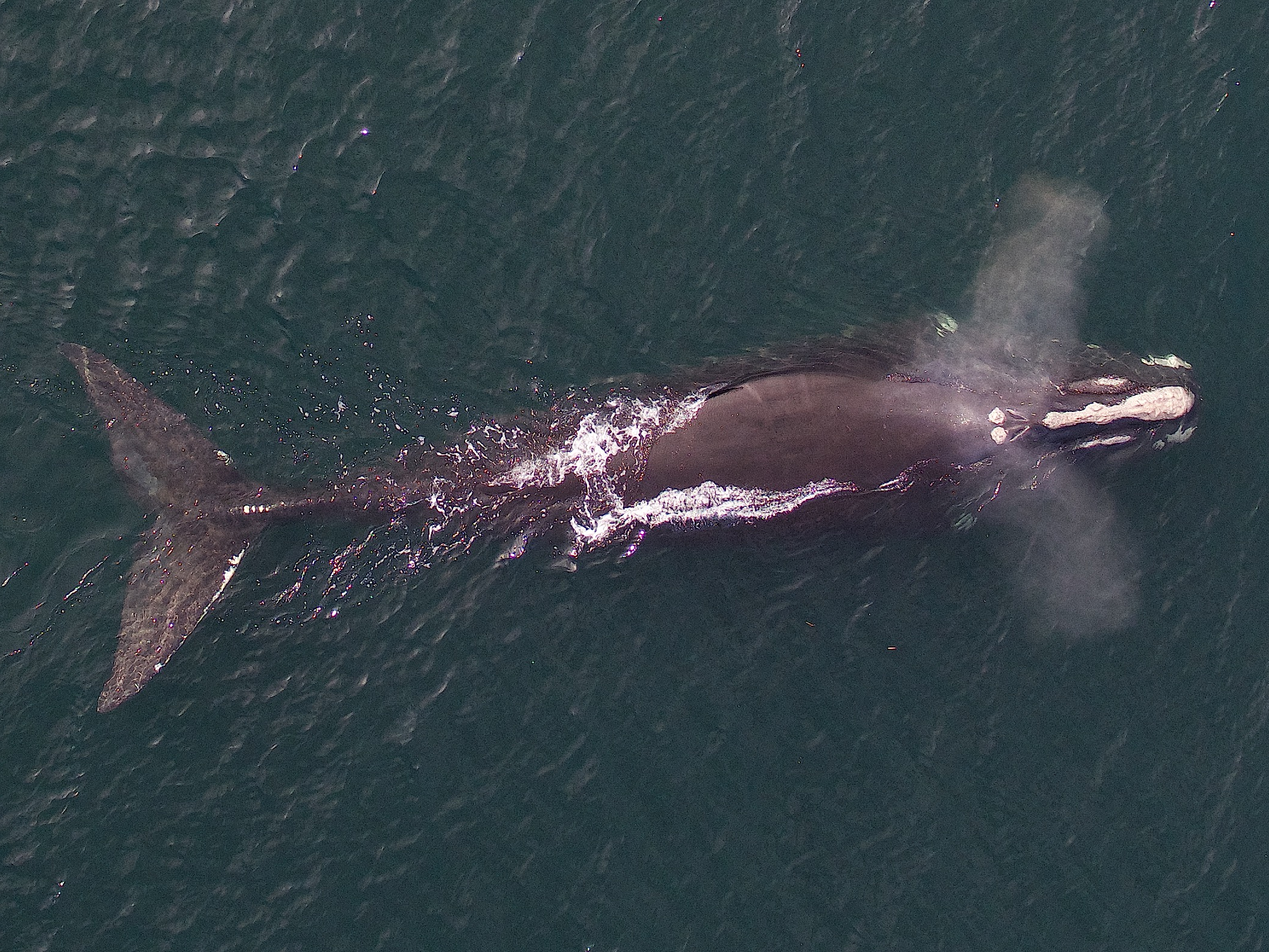Baleen whales have paired blowholes, while toothed whales have just one. This has led scientists to suspect that baleen whales, like humans and many land creatures, can use subtle differences in the strength of a scent to detect the direction it’s coming from. It’s not an easy hypothesis to test, however, given that the largest creatures on Earth don’t make great lab animals. A study reveals some baleen whales are more suited to stereo sniffing than others, offering a path for further investigation.
Whales and dolphins have paired nasal passages, but these come together as a single blowhole in species such as orcas and dolphins. When you’ve got sonar, presumably a hint of directional smelling capacity just isn’t that useful for detecting large prey.
Things are different for baleen whales, which feed on vast quantities of krill and other small prey. They require enormous quantities of food to maintain their vast body size, which requires finding their prey first. The water is wide, and random hunting seldom works.
When small animals known as zooplankton feed on the photosynthesizing organisms at the base of the ocean food chain, the phytoplankton release the gas dimethyl sulfide (DMS). Perhaps this is their way of calling for help, because sea birds are known to detect DMS to find food, sometimes from more than 20 kilometers (12 miles) away with a favorable wind.
Scientists have speculated that baleen whales may also use DMS to home in on food, since their diet is also attracted to phytoplankton. To do so, however, they would need to come to the surface, and be able to detect the direction from which the DMS comes. Attempts to test this have provided some support but have ultimately proven inconclusive.
Conor Ryan of the Scottish Association for Marine Science and colleagues reasoned that the separation of the two blowholes, known as nares, in different baleen whales might provide a clue. Widely separated eyes and ears provide better depth perception and directional hearing. Likewise, the larger the gap between nares, the better an animal can tell where a smell comes from. They also reasoned that whales that feed on surface zooplankton would benefit more from such capabilities than those baleen whales such as humpbacks that feed further up the food chain on small fish, or dive deep for their prey like gray whales.

Another effect of the separation between nares is the wings of spray produced when the whale blows through them.
Image credit: John Durban and Holly Fearnbach. Authorized by permit # 17355 from the U.S. National Marine Fisheries Service
Rather than trying to lure whales in a particular direction through the release of DMS, as others have done, the team filmed 14 whale species at sea to measure the relationship between nare separation and preferred prey.
The findings match their expectations. The closer the prey to the phytoplankton level in the food chain, the wider the whale’s nare-gap, relative to its body width. To confirm the stereo-smell hypothesis the authors propose future studies focus on whales that rely most on plankton for prey.
The study authors note this does not prove whales use DMS specifically to find patches of krill, but it does suggest that those that hunt closer to the bottom of the food chain use smell of some sort.
There’s more practical significance to the work than might first meet the eye (or nose). Just as our sounds are interfering with whales’ capacity to communicate, human-produced smells are making the ocean a more confusing place. Growth colonies on floating plastic produce DMS, and if this really is what whales are using to hunt, they’re probably at more risk of ingesting fatal quantities of plastic. It’s s already thought this is a factor in seabirds’ plastic consumption.
The study is published in Biology Letters.
Source Link: Some Baleen Whales May Smell In Stereo, Just Like Us But Bigger